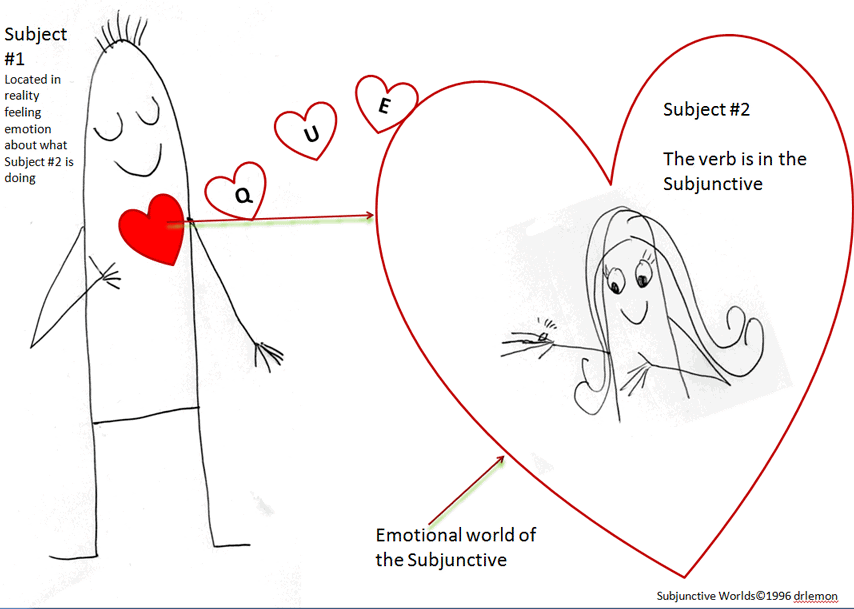As much as I love Spanish, there have been a few periods in my life when I didn’t speak it much, or at all. Because I’m a compulsively analytic linguist, it’s been interesting to see what I’ve forgotten, or remembered, after a break from the language.
My longest break was the dozen or so years that I worked as a computational linguist. For most of this time I lived in New Mexico, where, as I previously described, it was hard to find people to speak Spanish with because I was an outsider — an Anglo (or Angla).
What did I forget during that time? Mostly, vocabulary, on what a computer scientist would call a LIFO basis — Last In, First Out. That is, the words I forgot tended to be the ones I’d learned most recently.

Last in, first out
I discovered one such loss when my husband’s cousin came to dinner with his family. His wife Claudia is Mexican and it was pure joy to speak Spanish with her and their multilingual children (Spanish, French, some Hebrew, some English). At one point I groped for the word for “struggle” and came up with esdrújulo. Claudia looked puzzled. Clearly the word didn’t mean what I thought it did; in fact, she told me she had never heard it!
A trip to the dictionary solved the mystery: esdrújulo is a reasonably obscure linguistic term that I had learned while writing my dissertation on children’s acquisition of the Spanish word stress system. It refers to stress three syllables from the end of a word — the antepenultimate syllable. Some examples are teléfono, helicóptero, and, of course, esdrújulo itself, which means that the word is “autological“, i.e. an example of what it defines. (Sesquipedalian, meaning “having many syllables”, is another famous autology.) Esdrújulo and struggle are phonetically similar: sdru maps to stru, j maps to g, and l maps to l. This undoubtedly explains why my memory had reinterpreted the word during those years of disuse.
Needless to say, I have never since forgotten it!
I retained Spanish grammar more completely, which again makes sense for a linguist. Grammar is our bread and butter, the pond we choose to swim in. In fact, when I decided to make a career transition to teaching Spanish, and spent some time in Mexico refreshing my skills, I found that the only significant chunk of grammar I’d forgotten was the use of the subjunctive after expressions of emotion, as in Me alegro de que Pablo ESTÉ aquí (I’m happy Pablo’s here). It’s an odd usage, when you think about it, because there’s no doubt about Pablo’s location; compare, for example, Espero que Pablo ESTÉ aquí (I hope Pablo’s here). Losing and recovering this use of the subjunctive has made me more sensitive, as a teacher, to the challenge it poses for students.
If losing a bit of Spanish is frustrating, there’s pure joy in having one come back to you. As a college student I put Spanish on the back burner for a few semesters to work on my French, then spent a summer in Madrid. I’ll never forget the day our group was walking down a street and stopped to admire a beautiful tile. Like a long-lost friend, the word azulejo floated into my active memory after a few scary moments of mental groping. It felt like a divine signal from the Spanish gods, if you will, that they’d forgiven my temporary apostasy.

Unos azulejos de Madrid
Since then, azulejo has been one of my favorite Spanish words (along with esdrújulo, I guess). Many people assume it comes from the word azul, since so many tiles are blue, but the Real Academia assures us that it comes from Arabic azzuláyga. It’s a gorgeous word no matter where it comes from.

Hi, the azulejo’s image is not working. Here you are another one: http://upload.wikimedia.org/wikipedia/commons/2/2b/Azulejos-Madrid-Spain.jpg (creative common)
Greetings,
Alberto
Gracias, Alberto. Hice el cambio.